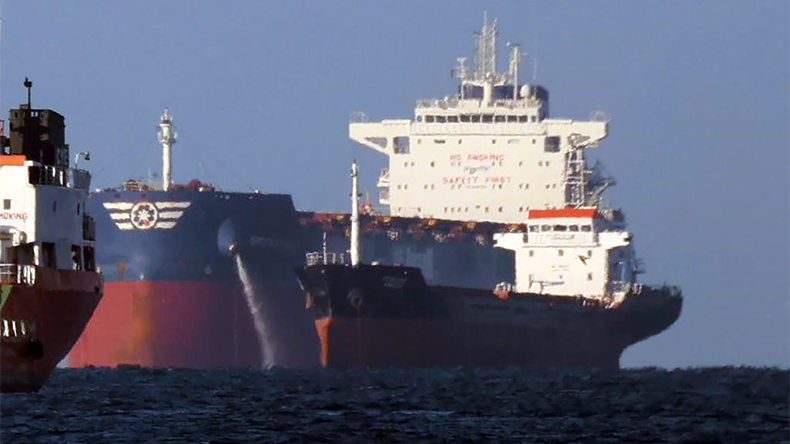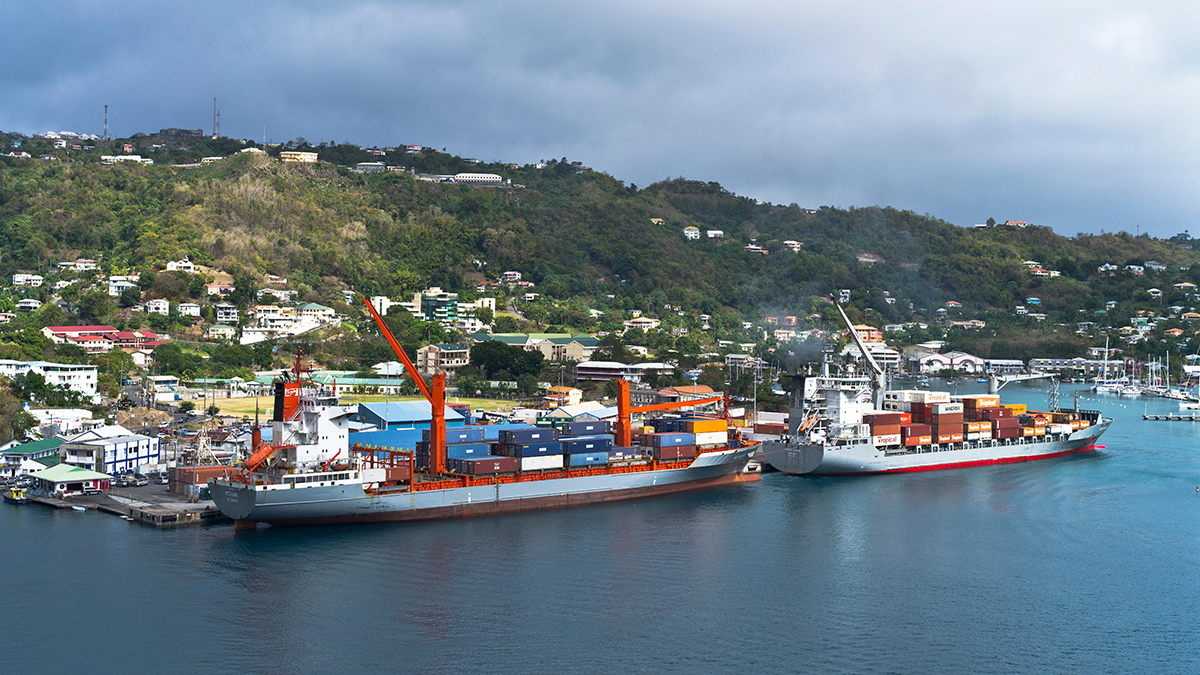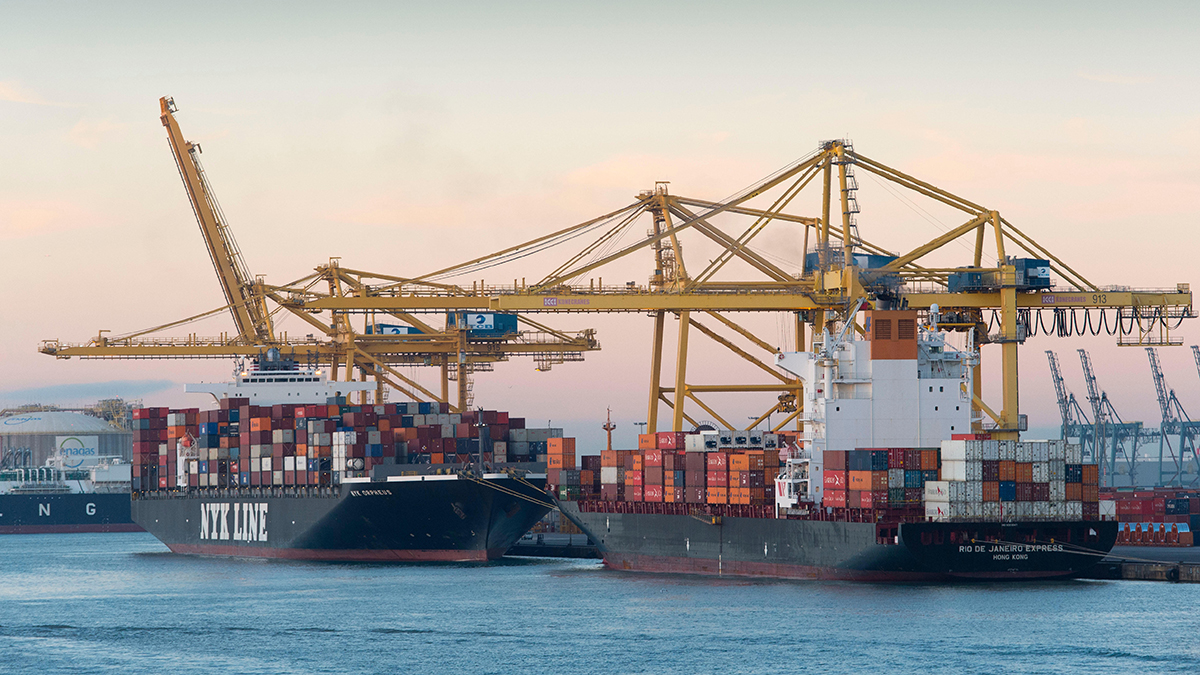What marine insurance buyers want
‘You might be able to get it cheaper but you need to know at the end of the day insurers are going to pay out in a timely fashion and you’re not left out of pocket for an extended period,’ Ardmore Shipping’s Georgina Alderman says
Trust is more important than getting the lowest-cost cover, buyers insist
However you break down the cost centres, marine insurance remains one of the largest outlays for shipping companies after crewing costs.
The size of the typical spend is one of those of “how long is a piece of string” questions, as premiums vary widely by fleet value and claims record. But on some reckonings, it makes up around 10% to 15% of typical total opex.
Lloyd’s List’s website offers extensive coverage of protection and indemnity (P&I), hull and machinery (H&M) and war risk insurance. But we tend to write from the perspective of insurers and brokers, the audience Lloyd’s List was founded to cater for as a print publication in 1734.
The P&I clubs into which any given vessel is entered is rightly a matter of public record and can be checked on the International Group’s website but details of H&M and war risk cover are not in the public domain. Typically, the risk is spread between multiple underwriters accepting a percentage point share of liabilities and they prefer not to reveal the extent of their exposure.
The buyers’ view
How do things stand from the customers’ point of view? What do shipowners want when they make buying decisions? Are they happy with what they get?
Most owners are reticent to discuss such points. These are matters generally considered commercial in confidence and therefore rarely aired.
Lloyd’s List approached several companies, most of which politely declined interview requests. The exceptions are Ireland’s product and chemtanker operator Ardmore Shipping and Panama-based dry bulk outfit Sagitta Marine, and we thank them for taking part.
Ardmore’s insurance manager, Georgina Alderman, stresses the great store her employers put on relationships within insurance. Trust is far more important than low price.
“You might be able to get it cheaper but you need to know at the end of the day insurers are going to pay out and pay out in a timely fashion and you’re not left out of pocket for an extended period,” she says.
“You want the support of your underwriters to get the vessel back out and up and running and earning money for you.”
For a company the size of Ardmore, which operates a fleet of 22 product and chemtankers centred on 16 medium-range (MR) tankers, her position of insurance manager is a full-time job.
“You might be able to get it cheaper but you need to know at the end of the day insurers are going to pay out and pay out in a timely fashion and you’re not left out of pocket for an extended period. You want the support of your underwriters to get the vessel back out and up and running and earning money for you”
Georgina Alderman
Ardmore Shipping
Additionally, Ardmore’s management joint venture with Anglo-Eastern Ship Management – Anglo Ardmore – handles day-to-day administration of crew insurance.
Ardmore also buys non-marine classes of insurance, for instance on buildings and contents, staff insurance or directors’ liability. Those purchases are the responsibility of its finance department.
Alderman describes her role as “looking at our own claims record, looking at the clubs’ general increases, looking at areas where we’ve made improvements or we think we can bring costs down or bring down the risks from our side”.
Building relationships
She does spend a fair amount of time working with underwriters and tries to meet them throughout the year so she can build up that relationship. Contact increases as the renewal deadlines of January 1 for H&M and February 20 for P&I draw nearer.
She declines to specify the company’s annual insurance spend. But the Baltic Investor Indices (BII) give the annual cost of all types of insurance on an MR right now as $569,000, up from $373,000 when such statistics were first collated in 2020.
That would imply Ardmore’s insurance outlay runs to somewhere in the region of $12m a year. Alderman will only say that figure is “probably not far off” and confirm Ardmore’s insurance bill runs to the millions.
The 2024 P&I renewal round is now under way, with three International Group affiliates – Steamship, Shipowners’ Club and Gard – having unveiled 5% increases for the coming policy year.
Modal average P&I premium increases came in at 7.5% in 2020, 10% in 2021, 12.5% in 2022 and 10% in 2023, compounding out at around 46%. Broker Gallagher predicts increases for 2024 will average 5% to 7.5%.
H&M rates have also hardened. While premiums are not publicly revealed, market sources suggest they rose 10% last year and will rise by 5% to 10% in 2023.
While Alderman has felt the impact of rising premiums in recent years, in Ardmore’s case the jump has not been as high as the 50% or so the BII figures suggest.
“We haven’t seen an increase of that size. Overall, from our point of view, we do feel like we’re getting value for money from the clubs and from our [H&M] underwriters.”
P&I claims are relatively frequent and contact can often be daily. The clubs often benefit from a tendency to inertia, and fleet churn is much reduced even on 20 years ago.
If members have a good relationship with club managers, few will bother with the hassle of switching for nugatory savings or forking out the so-called release call owners have to pay on leaving a club.
Discount or divide?
What is more, P&I quotes are often discounted where owners are willing to entrust entire fleets. The flipside is, it is beneficial to spread risk among multiple insurers and that argument saw Maersk and Mediterranean Shipping Company move some of their tonnage away from the merged NorthStandard last January.
Moreover, clubs eager to win new business have been known to top fleet discounts and are reputedly sometimes even willing to pare pricing down to loss-leading levels.
Ardmore has traditionally used the West of England P&I Club. But it started to split its fleet after acquiring six units seven years ago and entered three of them with the UK Club.
“At that time, we had a larger fleet, up to 28 vessels. It was a good idea to split them off to get a different point of view from both clubs and see how different clubs operate and what they can bring to a company,” Alderman says.
“People assume if you enter the entire fleet with the one club you get the best discount, but that’s not necessarily true. There might be small differences, the clubs each year announce different general increases or some ask for supplementary calls.”
Ardmore uses the same underwriters for H&M and war risk. It has been with them for some time and presumably gets keen pricing on the back of a good claims record. Without naming them, Alderman praises them for being open to negotiation.
The nature of the company’s trading patterns means it often needs to ask for security updates and sanctions information.
This is a two-way street, as underwriters sometimes want to know about Ardmore’s intentions on issues such as future fuels.
“They know us, we know them. There’s a lot to be said for that, especially when you have an incident,” Alderman says. “If we want a rate for a region, they come back very quickly. They are very fair, we can discuss. If we’re in an area for a long period, we can negotiate a lower rate.”
The same broker is used for all classes of insurance, with Alderman also citing relationship building as grounds for sticking with an established partner.
Sagitta Marine is active in the handy- and ultramax sectors in Panama, Mexico and Venezuela and performs an average of between 100 and 150 voyages a year.
Sagitta’s finance director, Ricardo Azpurua, says the company’s annual insurance spend varies depending on what covers it takes and the number of ships or voyages entered with a particular policy.
Purchasing decisions are taken on the basis of identifying risks and looking for the best available insurance options.
‘Different options, best terms’
“Our insurance brokers help identify different options and gather the best terms they can get for us based on our requirements. Once we weigh the pros and cons we enter into a negotiation phase where we try to fine-tune the coverage and service being quoted.”
Sagitta seeks three things from its insurers; namely reliability, reputation and service. “We need to know an insurer will step up when it is needed. This is, of course, dependent on a good financial position, but also on its internal policies regarding what is covered and what is not. Its outlook and approach to every case in particular makes a big difference for us,” he says.
The reputation of its insurer gives the company peace of mind it is in good hands. Having a good insurer by its side makes it easier for it to transact with top counterparts in the industry.
“Things move very quickly and claims have become commonplace,” Azpurua adds. “Having timely and detailed advice and support from an insurer with commercial acumen makes a big difference.
“Good communication allows us to learn and avoid risks, leveraging the experience of our insurers.”



